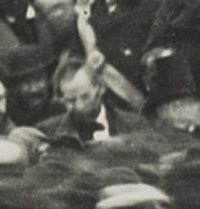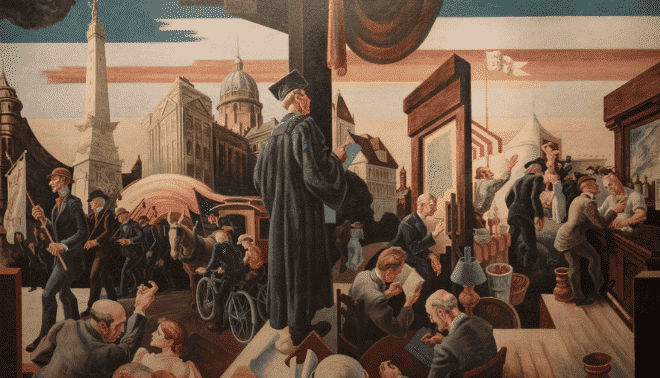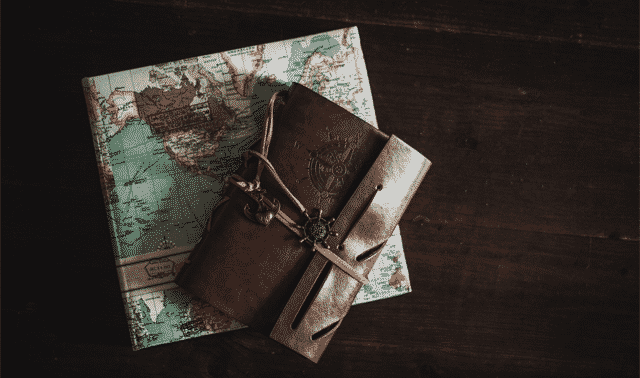Sign up for the Family Tree Newsletter! Plus, you’ll receive our 10 Essential Genealogy Research Forms PDF as a special thank you.
Get Your Free Genealogy Forms
"*" indicates required fields
This week the nation commemorates the 150th anniversary of the Battle of Gettysburg. For three days, July 1-3, 1863, Union and Confederate forces fought. When it was over, 50,000 had died. It was the bloodiest battle of the war.
One of the men who survived the battle wasn’t even enlisted—he volunteered on the spot. John L. Burns, a veteran of the War of 1812 and the Mexican-American War, tried several times to enlist for the Civil War but was turned away because of his age. He was 69.
Instead, he served as a teamster until sent away to his hometown of Gettysburg.
ADVERTISEMENT
On July 1, Burns left home with his flintlock musket and powder horn in hand, ready to fight for the Union. Accounts mention that he dressed in clothing he’d worn 40 years ago: trousers and a blue “swallow tail” waistcoat with brass buttons and a tall black silk hat.
Maj. Thomas Chamberlin of the 150th Pennsylvania Infantry and his regimental commander Col. Langhorne Wister allowed Burns to join the fight near the McPherson farm as a sharpshooter. A wounded soldier gave Burns his Enfield rifle. Wounded several times, Burns crawled away and encountered Confederates. He managed to convince them he was trying to find help for his invalid wife. Their doctor bandaged his wounds and Burns found shelter in the cellar of a nearby house, and later, at home.
Mathew Brady sent one of his photographers, Timothy O’Sullivan, to photograph Burns at his house. That image and the story of his bravery made this senior citizen a national hero.
ADVERTISEMENT
In November of that year, President Abraham Lincoln came to Gettysburg to deliver his address at the dedication of the Soldiers National Cemetery. He requested to meet Burns. After the war, E. and H.T. Anthony issued sets of stereographs of Brady’s Civil War scenes. They included O’Sullivan’s image of Burns in “The War of the Union.”

Burns died in 1872.
There are a few photographs of Abraham Lincoln taken while at Gettysburg.
In this image, Lincoln lacks his high hat, but his face and beard are clearly visible.

This Brady picture was only rediscovered in the National Archives in 1952.

Lincoln spoke for only two minutes, after a two-hour oration by the well-known speaker Edward Everett. At the time, the crowd greeted Lincoln’s remarks with slight applause. Yet today, those seconds remain a part of our national heritage. Schoolchildren memorize these words:
“Four score and seven years ago, our fathers brought forth on this continent, a new nation conceived in liberty and dedicated to the proposition that all men are created equal.”
You can learn more about the Gettysburg Address in Smithsonian Magazine and see more photographs of the battlefield in the Prints and Photographs Division of the Library of Congress. Use “Gettysburg” as the search term. You can read about Civil War photographs in Finding the Civil War in Your Family Album.
All the images in this article are from the Library of Congress.
ADVERTISEMENT





